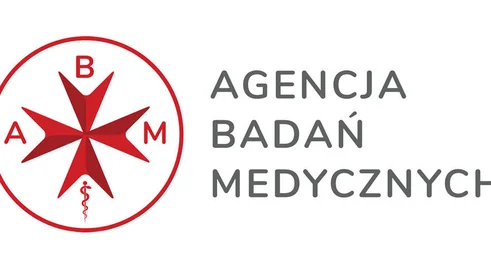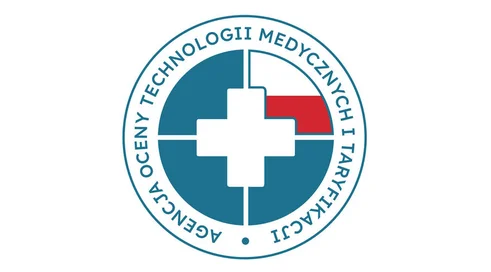How many people in Poland struggle with a severe form of asthma, and how many of these people would qualify for biologic treatment?
According to epidemiological data, about 32,000-38,000 people in Poland suffer from severe bronchial asthma. There are currently more than 3,000 patients in the drug program, which has been available for 10 years (of course, it has been a huge success, as it gives us access to the latest therapies). Taking into account the very precise epidemiological data, it seems that this is only 10 percent of the population that meets the criteria for inclusion in the drug program and is cared for according to the most modern, international standards of therapy.
And what are these inclusion criteria?
The inclusion criteria are complex and quite extensive. First, of course, is severe asthma, which ...
Content locked
To gain access to the complete English section of the Medexpress.pl, kindly reach out to us at [email protected].




















